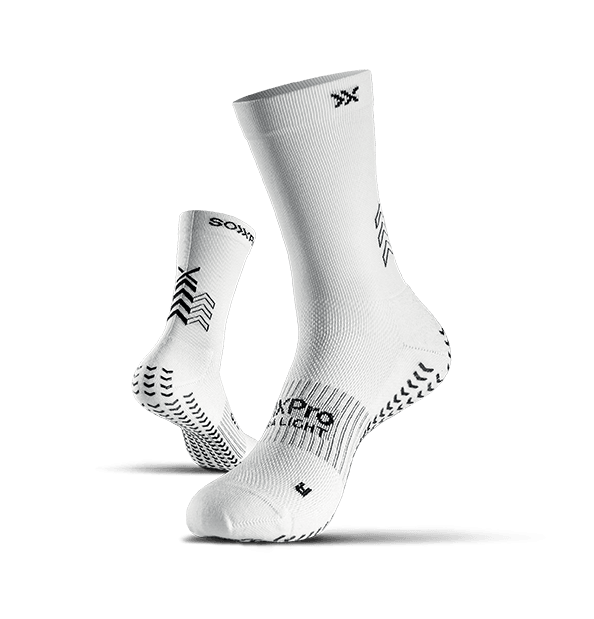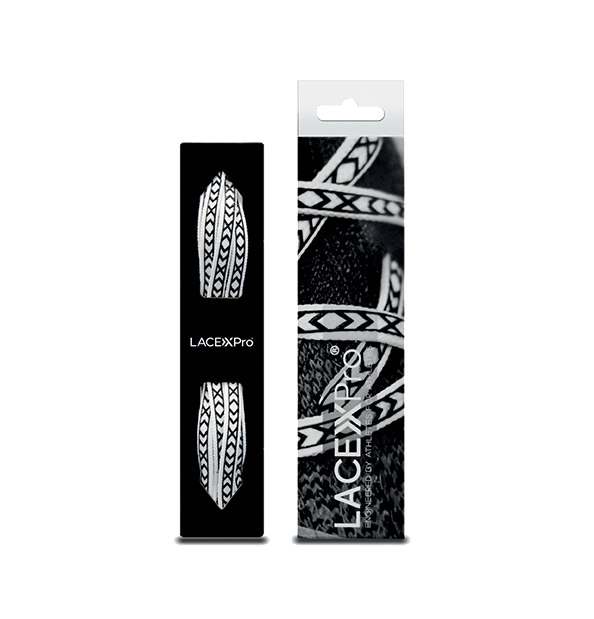If you have ever wondered which grip sock is really right for you, know that you are not alone.
As the popularity of technical socks grows, even among amateur athletes, so does the need to understand the real differences between models.
SOXPro Classic and Ultra Light are two of the products most chosen by athletes who want more stability, more control, and fewer injuries. But they are very different - and choosing the right model can make all the difference in your workouts and in the game.
Let's start with the basics: what do the two models have in common?
Both socks are part of the GEARXPro line and share a number of key features:
- Advanced grip system with micro-insertions on the footbed
- Ergonomic design designed for high-intensity sports
- Foot support during pushing, jumping and braking
- Breathable, durable materials
In a nutshell, both improve control and stability at key moments. But what changes is the approach.
SOXPro Classic: total grip and support for every condition
The Classic model is more structured. Offers a great feeling of security thanks to a more consistent texture and a structure designed to give constant stability, even on difficult surfaces or with wider shoes.
It is ideal for:
1. Look for maximum grip in all conditions
2. Play on natural or synthetic grass "slippery"
3. Needs extra ankle support
4. Loves a sock more "solid" to the foot

SOXPro Ultra Light: maximum lightness, minimum resistance
The Ultra Light is designed for those who want to feel the foot "free" while maintaining grip and safety. Perfect for high intensity workouts, summer matches or simply for those who prefer minimal sensations.
It is ideal for:
1. Trains with high temperatures or indoor
2. Prefers light and less invasive socks
3. Needs grip but doesn’t like compression
4. Wants a technical product but breathable to the maximum

The final tip: listen to your foot
There is no universal answer. But knowing how you train, where you play and what you prefer to feel under your foot will guide you in the choice.
Many athletes use both models, alternating them according to the time of year, the type of field or even just the feeling of the day.










